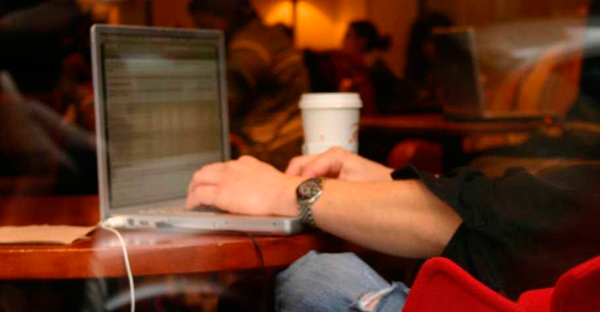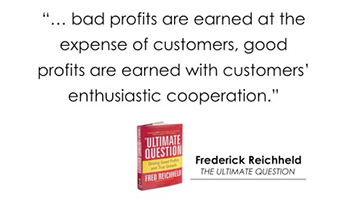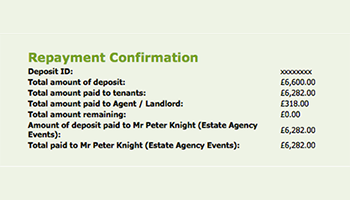What are the drivers?
 Property Academy speaker and expert business guru Mark Robb told one of our Mastermind Groups a story that highlights how the drivers of customer behaviour are often different to those imagined or believed by business leaders.
Property Academy speaker and expert business guru Mark Robb told one of our Mastermind Groups a story that highlights how the drivers of customer behaviour are often different to those imagined or believed by business leaders.
He was working with Costa coffee and the desired result from the boardroom was to increase sales. Lots of discussions took place regarding the coffee and other drinks on offer, the food selection and the decor and ambience, but whilst visiting one of their coffee shops Mark noticed a customer behaviour that in turn led to a small change that yielded remarkable results.
It was about 11 o’clock, the coffee shop was about two-thirds full and there was a very short queue at the counter. A young woman walked in, carefully looked around and then walked out. Mark didn’t note this as anything particularly unusual until it happened again, this time a middle aged businessman in a suit and tie walked in and also very deliberately looked around and then left. When ten minutes later it happened a third time Mark’s curiosity was piqued and, thinking he might know the reason why, asked one of the Costa ‘baristas‘ if there was another Costa in the nearby vicinity, imagining that each of these customers had arranged to meet someone at Costa and had arrived at the wrong one. “No, the nearest one is 2 miles away” was the reply, so Mark asked “well why are these people coming in, looking round and then walking out again? I mean there’s plenty of seats available and the queues aren’t onerous, why, what’s going on?”
The barista smiled and replied, “they’re not looking for seats alone, they’re looking for seats close to power points…..people come in to charge their mobiles and laptops and whilst they’re here they have a coffee but if there’s no power points available they go elsewhere.” The upshot was that by doubling the number of power points, sales increased by 20%.
This isn’t an isolated tale, our Mastermind Group was enthralled by tales from Marks & Spencer, David Lloyd Leisure, P&O Cruises and many more. Indeed Mark went so far as to say just about every business sector in his experience has customers whose drivers of their behaviour have not been properly identified, resulting in significant missed opportunity and waste on initiatives that the customer isn’t that bothered by.
The process Mark guided our Group through was to first identify the key behaviour you’re after – this might be acquisition of new customers, getting existing customers to spend more or having them recommend and refer. Now many of you will be thinking “I want all three of those” but this is where things start to go wrong. By having different desired results, the focus gets blurred so you need to determine which of the three you want to improve right now. Having done so the next step is to identify the specific drivers of the behaviours and the best way to do this is to observe customers “in the wild” so to speak – sure surveys and customer interviews will give some insight but far and away the best method is careful observation.
Many business leaders haven’t spent much proper time on their frontline for quite some time, and when I say “proper time”, I mean either doing the job or observing it being done as opposed to a quick “hi, bye” visit. These same leaders often sit in hours of meetings trying to come up with the latest idea to increase sales and when they have one fail to run it properly by their frontline team, resulting in initiatives that at worst can actually have a negative impact, not least by causing the frontline to ask of each other, “do they have any idea at HQ?”
If you haven’t been in a customer facing role for some time and yet are responsible for product and service innovation, I strongly suggest you get out there and just watch, listen and carefully note what’s really going on.






